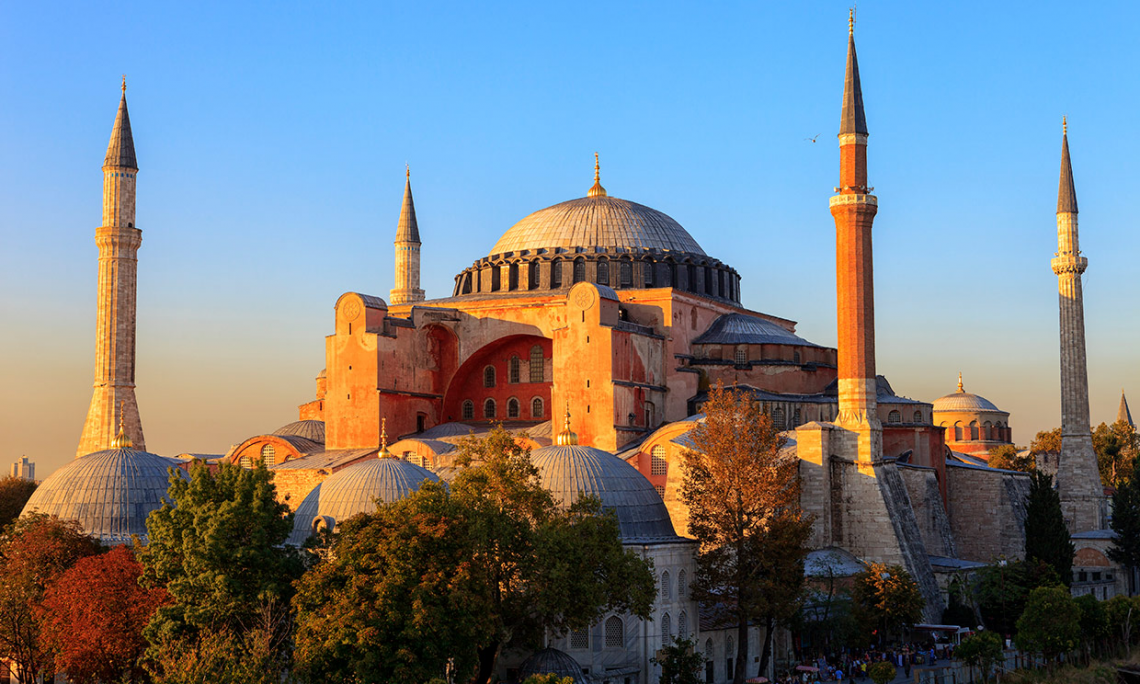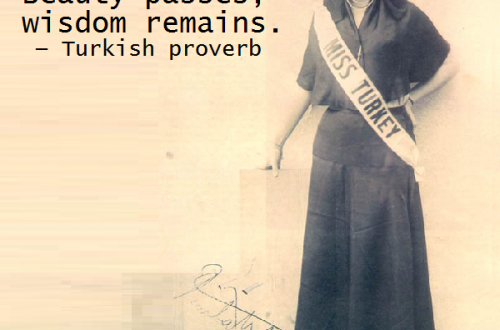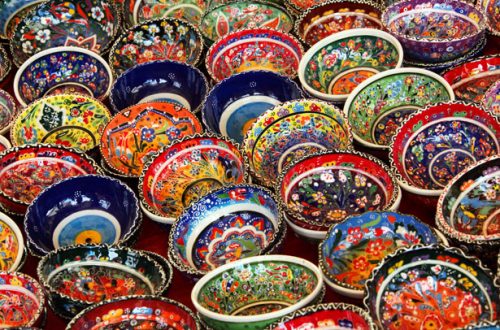
Hagia Sofia, Witness to history at the Crossroads
When we were first introduced, I was little more than a child visiting the city of Istanbul with her family. Majestic, imposing and resplendent, from that moment onward, Hagia Sophia entered my heart forever.
How is it possible to feel so close to a monument? The more I look at her, the more I see myself reflected in her, I begin to appreciate this mix of cultures that represents every one of us. Every year I visit Hagia Sofia and every year I understand it more and more.
What is now a mosque appeared to me as a universal monument. As a monument located in Turkey (Fatih Istanbul), but which belongs to all humanity, Hagia Sophia represents the intersections of two crossroads, East and West, and two religions, Christian and Muslim.
History of Hagia Sophia
Her story is long and tormented, nearly 1500 years, but she is always omnipotent and proud, even in her silence. She endures men and wars; standing still as if she were a spectator of history.
Jewel of the Byzantine Empire, Hagia Sophia or Aya Sofia, was once a Christian basilica, then, following the conquest of Constantinople a mosque, then finally a museum. And now, most recently, again a mosque. Hagia Sophia is the symbolic representation of mixed cultures that experienced ancient Byzantium, Constantinople and finally Istanbul, its “new” name.
Its construction dates back to the reign of Constantine. I In the sixth century AD, it was the Emperor Justinian, who, built the Hagia Sophia that we know today. The emperor wanted to be inspired by the Pantheon in Rome. He wanted it to be the most beautiful building in the Christian East and, if possible, within the entire Empire. For this, he recruited the best workers, he wanted a structure illuminated by the rays of the sun, it had to be divine, but he managed to exceed his own expectations. Hagia Sophia is Light. It became a fundamental and central place for the Christian East, to the point of competing with the Latin Churches of the West.
It was here that all the Christian ceremonies of the Byzantine Emperors took place, such as baptisms, weddings and coronations. Its majestic role was interrupted by the fourth crusade, when the city was put to fire and sword and devastated by the crusaders who came ravaging in from the west. Her riches were robbed and her sacred soul was desecrated. The proud city fell to its knees.
The rest is well-known, when in 1453, the city gained Ottoman control to become Istanbul. Sultan Mehmet II ordered that this holy place be saved; he wanted to convert it into a mosque. In the same way, he converted all the previous churches in the area into mosques. In the midst of wars and conquests, the dimension of the sacred had won.
Adapting the building from church to mosque
Transformation of a church into a mosqu required significant changes. The direction of Mecca had to be indicated, so the mihrab was added. The Imam’s post was needed to preach, so the minbar was added. The most drastic change was most definitely to cover the iconographies and the gilded parts as Islam forbade any human representation.
Hagia Sophia, as always throughout its long history, remained a place of worship. A must for the faithful, but also for the many visitors and pilgrims, as it remains today.
The mosque, in addition to its sacred soul, had also become a powerful political and strategic tool. The Sultan visited the mosque every Friday, exiting the sumptuous Topkapi Palace, passing through the crowd. The people saw their Sultan, admired him and launched the most varied requests.
The history of Hagia Sophia inexorably continues. Men change her, love her, rob from her, transform her, but she always watches impassively, anticipating the next man who will have another new project for her.
When Hagia Sofia Became a Museum
At the end of World War I, with the Ottoman Empire dismantled, Atatürk was elected president of the fresh and new Turkish Republic. With it a movement of modernisation and secularisation, the country was born. Hagia Sophia could not fail to be part of the projects, as she has always been a symbol of power, so the site became a museum. The Koranic scriptures were removed, and the ancient mosaicswere once again made available for its visitors to marvel. Hagia Sofia became a member of the international family of UNESCO heritage site.
The seismic area in which the city is located has always put the ancient building to the test, so the building requires regular maintenance and restoration.
Hagia Sophia remains one of the most visited places in Istanbul, and it attracts millions of tourists.
Today the building is once again a mosque. History never contradicts itself, and Hagia Sofia is proof of this. Each era transformed Hagia Sophia, but she has gracefully endured it all, omnipotent and majestic.




